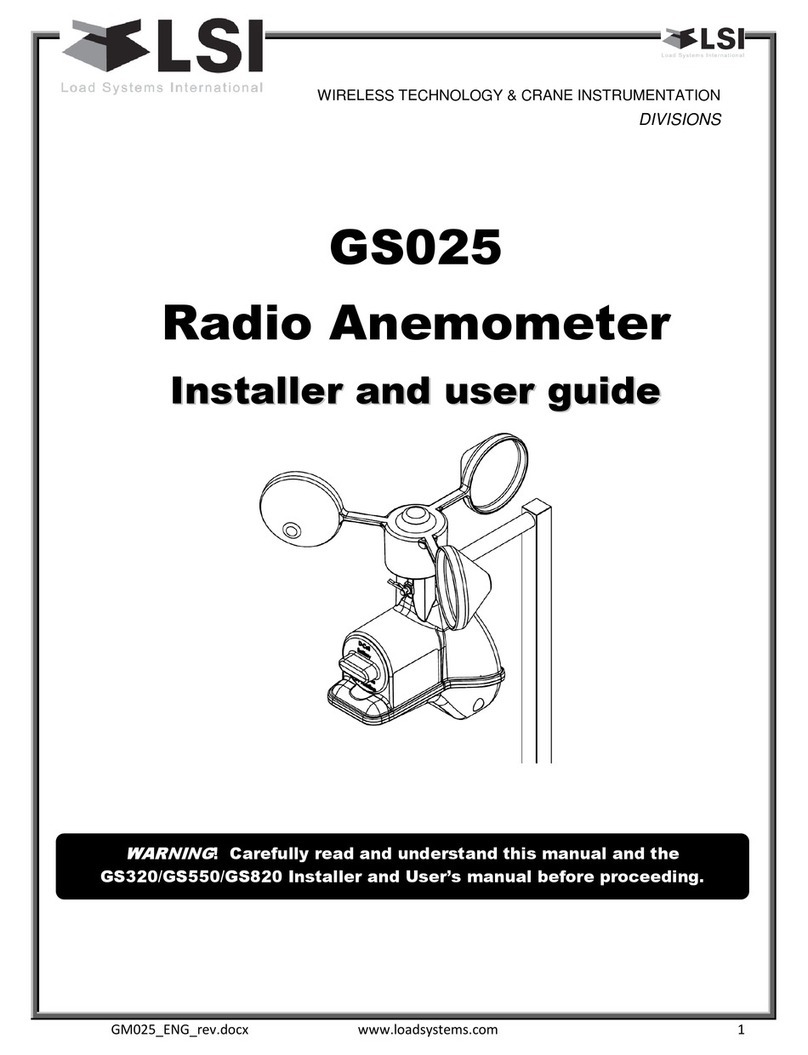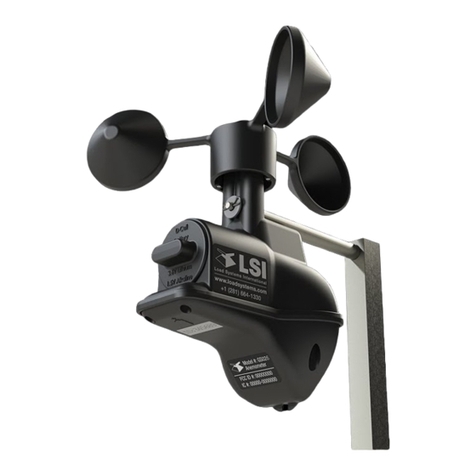INSTUM_ 04371 Page 3/13
Index
1 Description................................................................................................................................................. 4
1.1 Main features .................................................................................................................................... 4
1.2 Technical specifications..................................................................................................................... 4
2 Installation................................................................................................................................................. 5
2.2 Mechanical installation...................................................................................................................... 6
2.3 Electrical connections........................................................................................................................ 7
2.3.1 RS485 serial connection ............................................................................................................ 8
2.3.2 Analog Output connection ........................................................................................................ 8
2.3.3 Connection to LSI LASTEM data logger...................................................................................... 8
3 Configuration............................................................................................................................................. 9
4 Modbus-RTU............................................................................................................................................ 10
5 Maintenance............................................................................................................................................ 11
5.1 Testing ............................................................................................................................................. 11
5.2 Periodic maintenance...................................................................................................................... 12
6 Accessories / Spare parts......................................................................................................................... 13
7 Disposal.................................................................................................................................................... 13
8 How to contact LSI LASTEM..................................................................................................................... 13





























